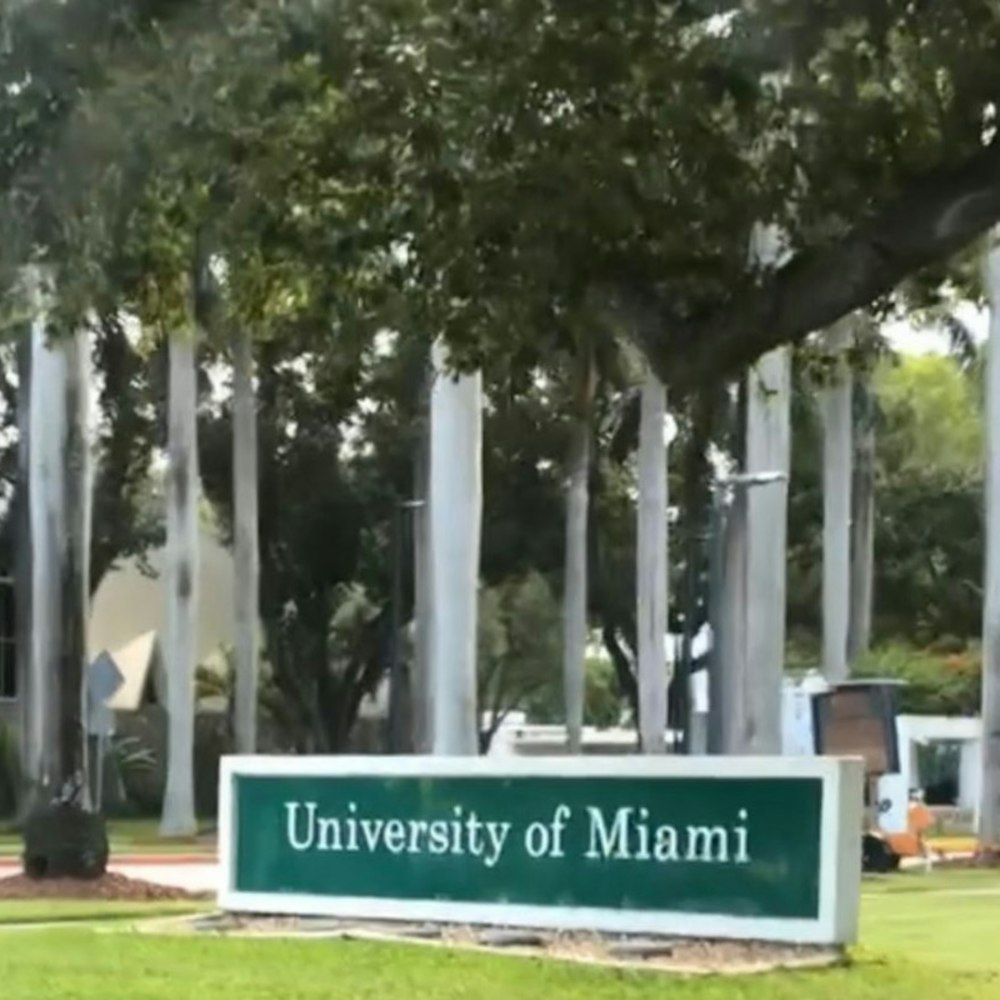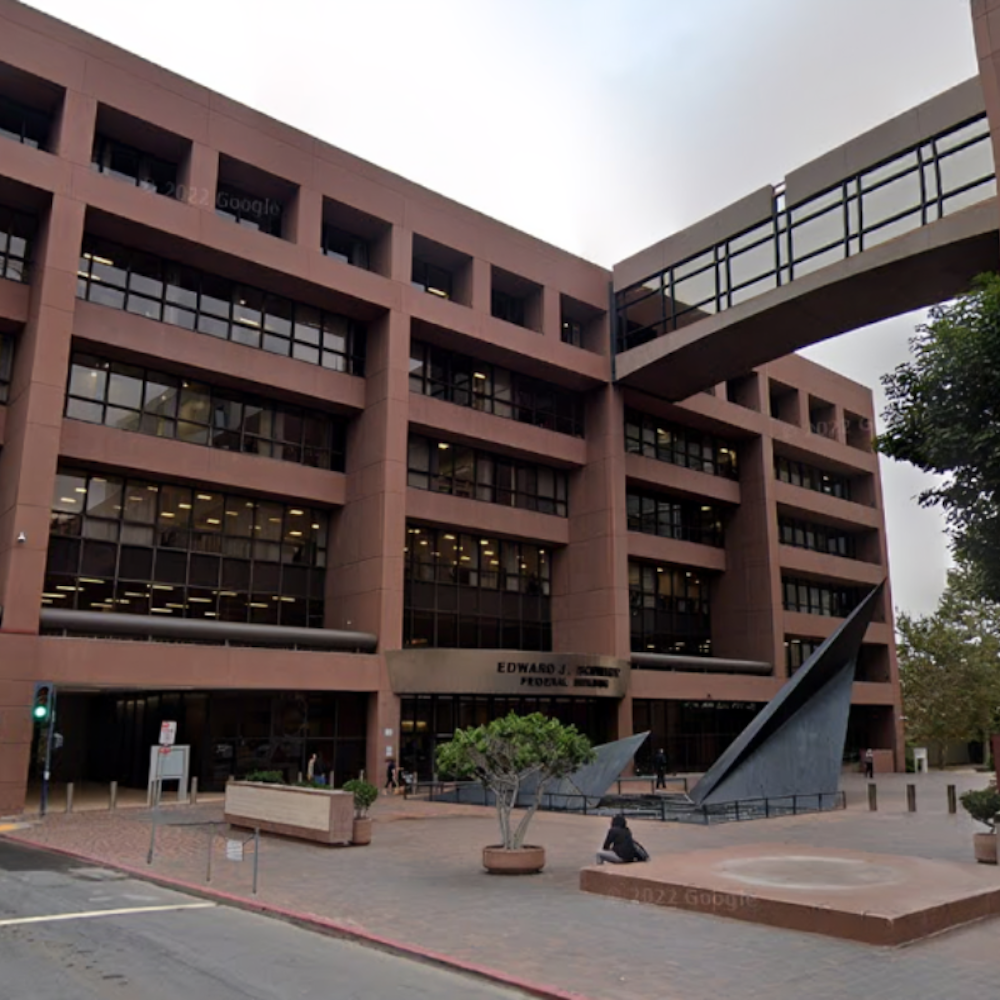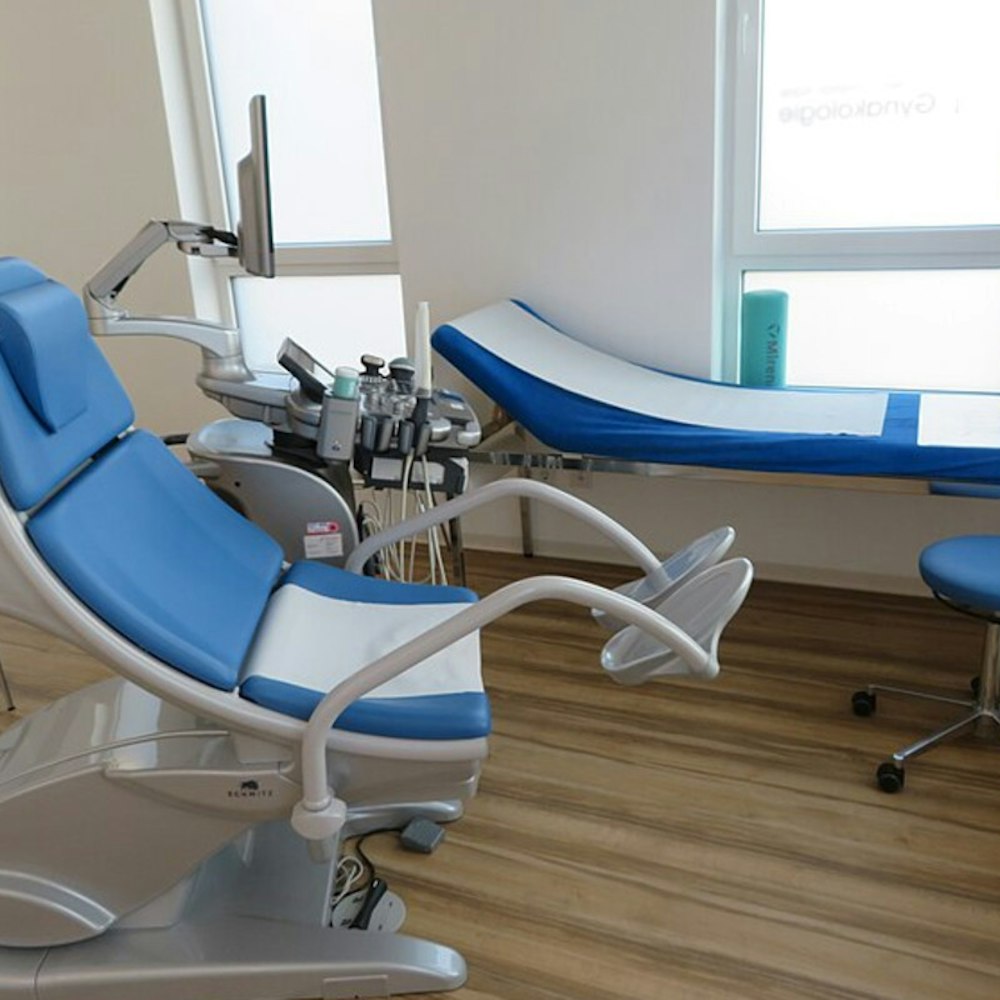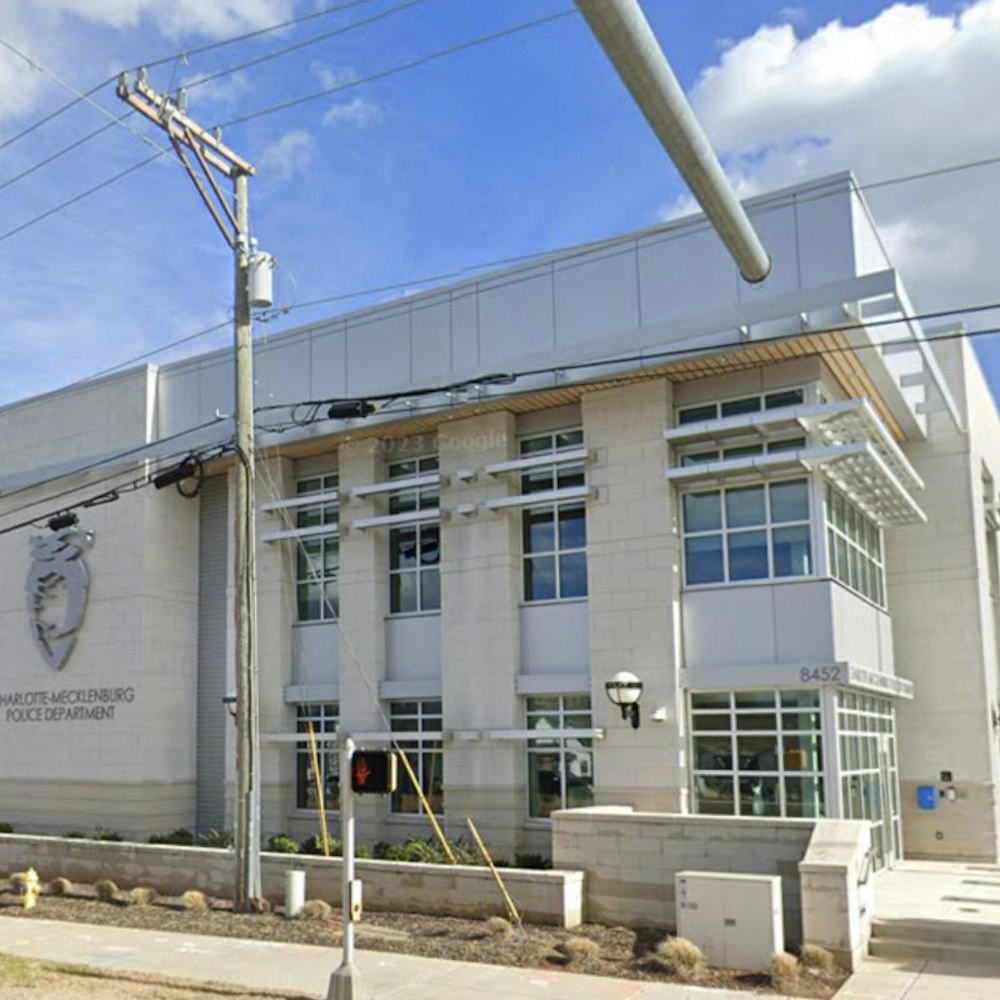
The recent uptick in COVID-19 cases in the Bay Area is not a false alarm. With wastewater data signaling an undeniable rise in SARS-CoV-2 concentrations, San Francisco and surrounding counties are experiencing a surge reminiscent of the previous summers. Amanda Bidwell, a wastewater researcher and data analyst at Stanford, emphasized the gravity of the situation, indicating that "consistently high concentrations" have been found over the past 21 days, as she told SFGATE.
The trend seems almost predestined, with COVID levels in Vallejo, Novato, Western Contra Costa County, Sausalito, Palo Alto, Sunnyvale, and San Jose also elevated. This pattern mirrors the upticks seen during the same period last year, with the possibility of it occurring slightly earlier this summer, Bidwell explained in an email to SFGATE. Dr. Peter Chin-Hong, an infectious diseases specialist at UCSF, believes that human behavior coupled with biological factors, like the regular decline of antibodies approximately every four months, drive this seasonality in COVID cases.
As of now, the state’s test positivity rate has climbed to a concerning 5.3%, as reported a week ago, a significant leap of 1.4 percentage points from the preceding week. This figure signals potential widespread community transmission, according to KQED. Furthermore, new coronavirus variants collectively known as FLiRT have been identified and are responsible for nearly half of U.S. infections, having overtaken the JN.1 strain, according to CDC data.
But it's not all bleak; while emergency room visits related to COVID have increased by nearly 30% in the state's last week of May, hospitalization and death rates remain low. Signs to watch for with the new FLiRT variants include sneezing, congestion, and headaches—symptoms now all too familiar. For those who do test positive, the current guidelines recommend less stringent isolation measures, allowing individuals with improving conditions to resume normal activities with added precautions, according to KQED.
Chin-Hong suggests that prevention start with staying updated on vaccinations remains the best defense against severe COVID-19. The San Francisco Department of Public Health echoes this, encouraging people to consult their healthcare providers for the latest vaccine availability. With just 14% of Californians receiving an up-to-date dose, there's room for improvement in the state's immunity armor. As we've learned over the past years, taking proactive measures like masking up for travel and monitoring regional COVID levels can be crucial in managing the virus's impact on our daily lives..
-1.webp?w=1000&h=1000&fit=crop&crop:edges)








